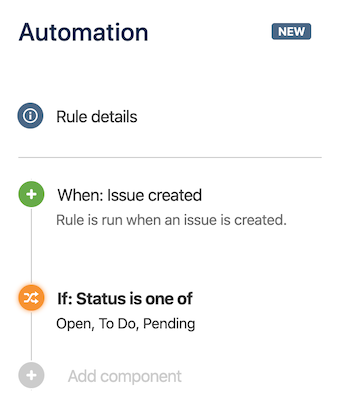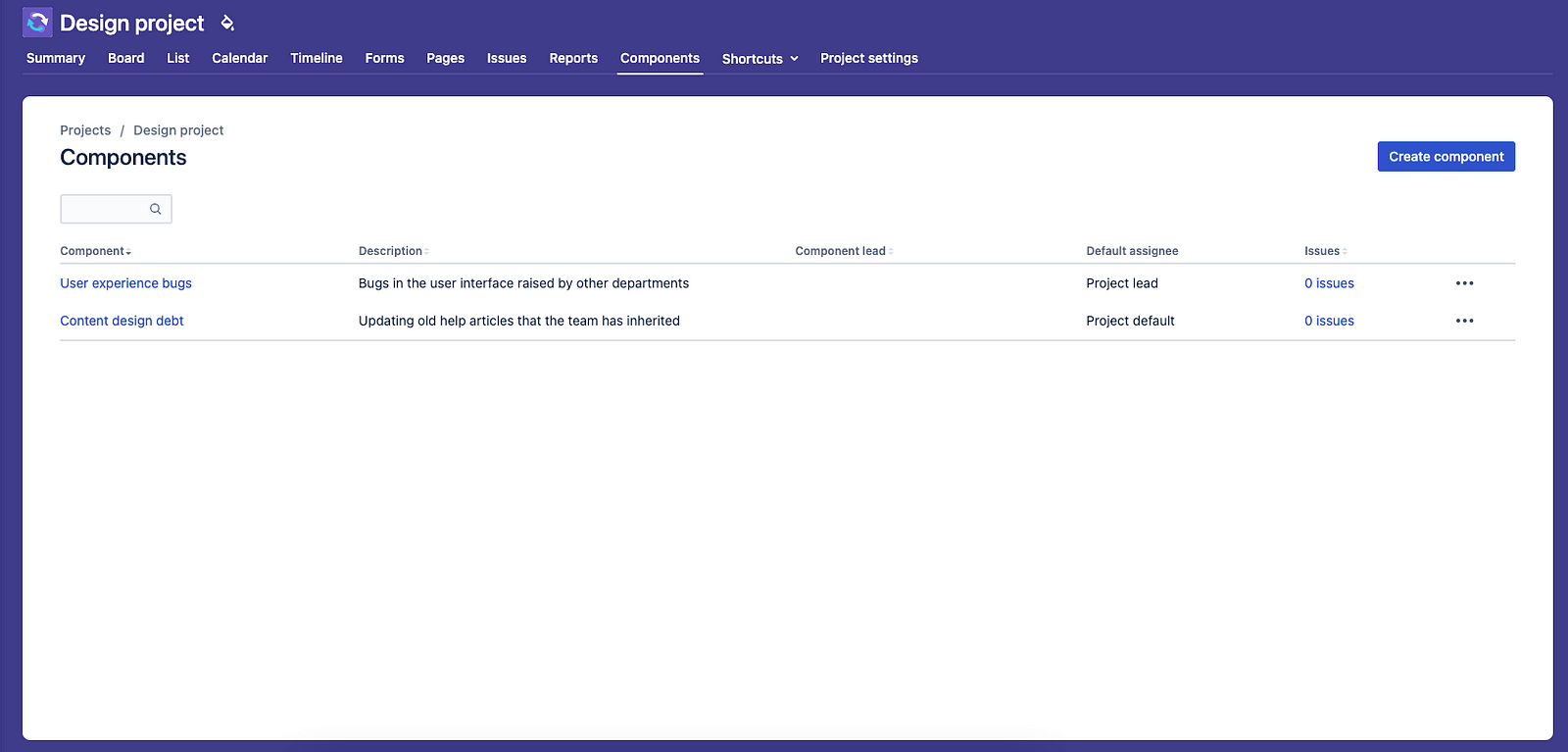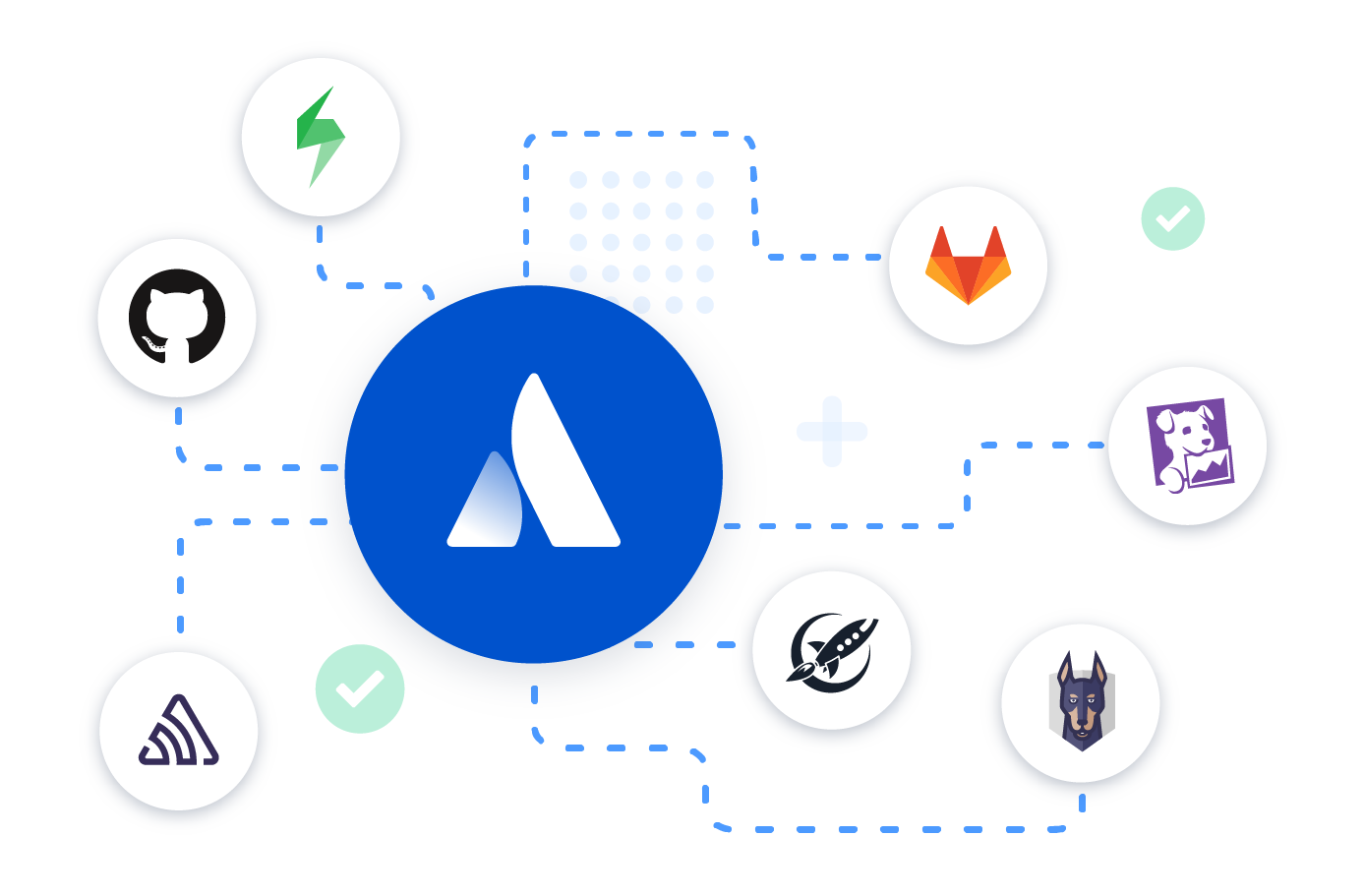Boosting Productivity in Agile Product Management: 5 Essential JIRA Features for Success
As a Product Manager, organizing and managing tasks effectively are essential to the success of any project. With the increasing complexity of projects in the modern technology organization, JIRA has become a market leader in the world of productivity management and team collaboration.

Whether you are a large company or a growing organization, creating and prioritizing milestones, support tickets or visualizing project progress with interactive boards, JIRA provides a centralized platform to manage all aspects of the team’s workflow.
It’s likely you know this and are probably using JIRA (hence why you’re reading this), but from my experience, JIRA’s robust functionalities are not always initially seen from the outside due to the layers of options embedded within each capability. I’ve gotten better at finding the best use case for a couple features, and here are five:
1. JIRA Automations

Source: Atlassian
JIRA Automations is a powerful tool that can help you save time and increase productivity by automating repetitive tasks and processes. JIRA has made this quite easy with a drag-n-drop UI, essentially turning automation actions into Lego blocks. The best way to effectively leverage Automations vary based on the use case. But some common cases to always consider:
- Identifying Repetitive Tasks: If needing to upload a monthly report or podcast for your business, these are the best situations where JIRA Automation can simplify this process. For instance, when an issue is created, you can tag the work item as <Support>, or <Upload>, or assign it to a certain team member.
- Leveraging Automation Playground: If you aren’t certain on how to get started, take an action that is happening in your day to day and look into the Automation Playground by Atlassian for user created rules that may apply to your workflow.
- Integrations: JIRA Automations incorporate integrations with many of the leading software management tools from ServiceNow, GitHub, Figma and more. Depending on your organization’s toolkit, starting with the services you use now may help in finding the right time-saving automation tools to add to your arsenal. I will dive into common integration scenarios a bit further down.
2. Components\
JIRA’s Components feature allows users to containerize work items throughout the various project boards and workflows across your product’s business line. For instance, our organization bundles any of the support tickets we receive from customers and auto-assign to a certain team member. Components allow you to assign lead owners of the component, allowing simple triaging when automating production bugs.

Source: Atlassian
A couple other features worth noting in Components:
- Component Hierarchy: JIRA now allows users to create hierarchical components. This means that components can now have parent and child components, allowing users to better organize their work with subcomponents. For example, you can bundle a Customer Request component into sub-components depending on the user’s business line or persona.
- Component Reporting: This allows users to easily see the progress of each component, identify issues or roadblocks, and track overall progress more effectively.
3. The Art of JQL
JQL is JIRA’s querying language, allowing users to gain full customizability across your entire project’s body. Working as the language across JIRA, leveraging JQL and mastering it’s syntax can help align Roadmaps, Kanban boards, Filters, Components and anything else. The granularity of JQL allows you to expand across your single project’s queries in a view I haven’t seen being used in competing services like Azure’s DevOps.
project = Project1 OR project = Project2
This skillset easier dependency management, cross-functional team tracking (Engineering, Design, Product) and Roadmap views to ensure everyone’s on the path to the finish line. You can also leverage Scriptrunner, a very popular JIRA plugin, with JQL and automate to the most granular level available.
If you are familiar with SQL, JQL isn’t much different. However, JIRA offers a cheat sheet that covers the fundamentals on building queries, which you can download here.
4. JIRA’s Advanced Roadmaps
Advanced roadmaps can be particularly useful is when you’re managing a large project with multiple teams and stakeholders. With advanced roadmaps, you can create a birds-eye view of the project that shows progress and highlights dependencies. This can help you and your team identify potential issues before they become major problems, and make more informed decisions about how to allocate resources and prioritize workloads. As a Product Manager, roadmaps have a big part to play in the product vision and being able to align with cross-functional teams is imperative to reaching the finish line.
Advanced Roadmaps also allows you to create multiple Scenarios, which can allow your team to simulate different scenarios that may occur (particular dependencies not reaching release on time, larger clean-up efforts, team’s velocity decreasing due to a big bang release support).
The integration is great here, as it also allows you to export these Roadmaps into Confluence documents, or images. I have yet to use this functionality extensively, but being able to manage cross-dependencies, team velocity and releases sounds like something worth checking out.
5. Integration Capabilities
Source: Atlassian
As mentioned earlier on Automations, Integrations is probably one of the biggest pillars in a productivity toolbox, effectively acting as the glue between many separated services dedicated to their own use case. You can get the full range of integrated services in the JIRA Marketplace. My team has thought through several quick wins that have helped our productivity using the tools we leverage in our day to day:
- Issue Templates: When building out user stories for different personas, often the requirements can be different — if you notice the pattern for them, Issue Templates can easily allow you to select a template that caters best for that Issue item, allowing you to ensure you have the right details for the right folks. This was a major plugin at my last role, where as an API Provider, we’d get requests from various consumers.
- Slack: When team gets feedback or realizes a task needs to be taken on, we can directly Create JIRA Issues by right clicking on the post. This allows us to seamlessly add backlog items or defects on to our support Component.
- Git: Both engineering teams in my last two roles leveraged Git integrations for commits and pull requests synced to the work items in JIRA. Allowing to create directly in JIRA and also opening up automation tasks within the workflow has saved time in our team’s workflow and has kept everyone in the loop when changes are getting deployed.
My current team has seen great improvement in our workflow from the various integration tools and Automation tricks we’ve been able to add to our projects. JIRA as a platform allows the flexilibty to cater to all sort of needs during the Product lifecylce. From features including advanced roadmaps, JQL, automations, and components, Product Managers, Scrum Masters and Developers can improve collaboration, communication, and visibility across their projects and greatly increase efficiency. Feel free to include your thoughts on JIRA and if you have any tips and features worth looking at, please share them my way.
